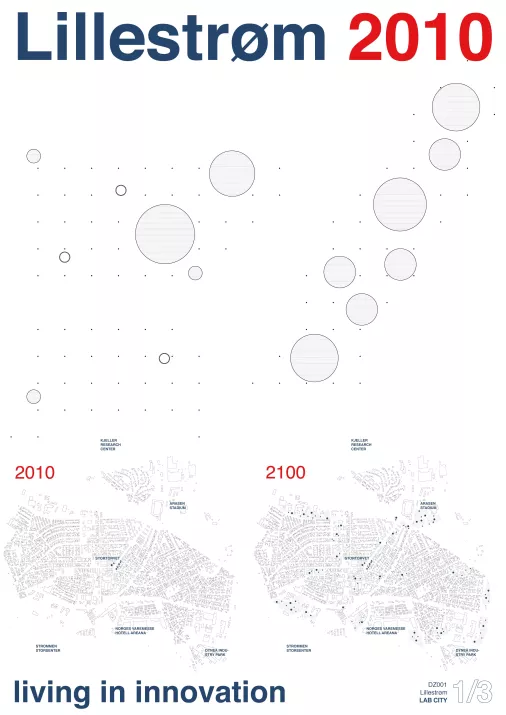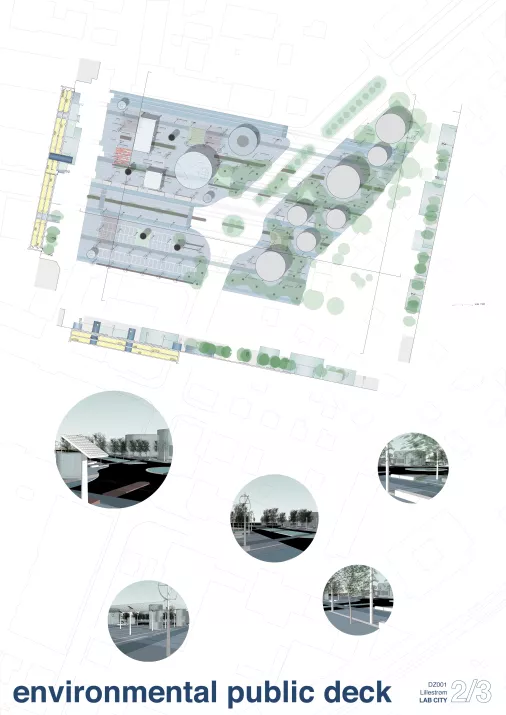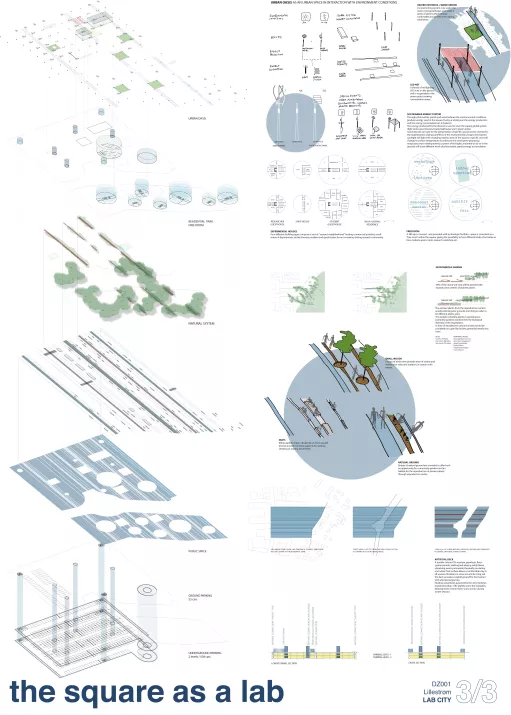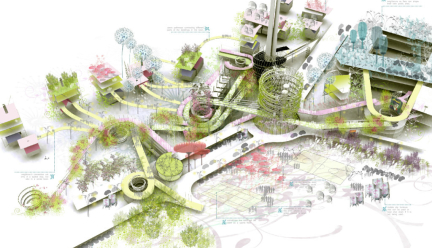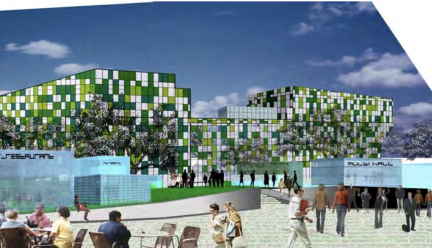Project:
Lab City
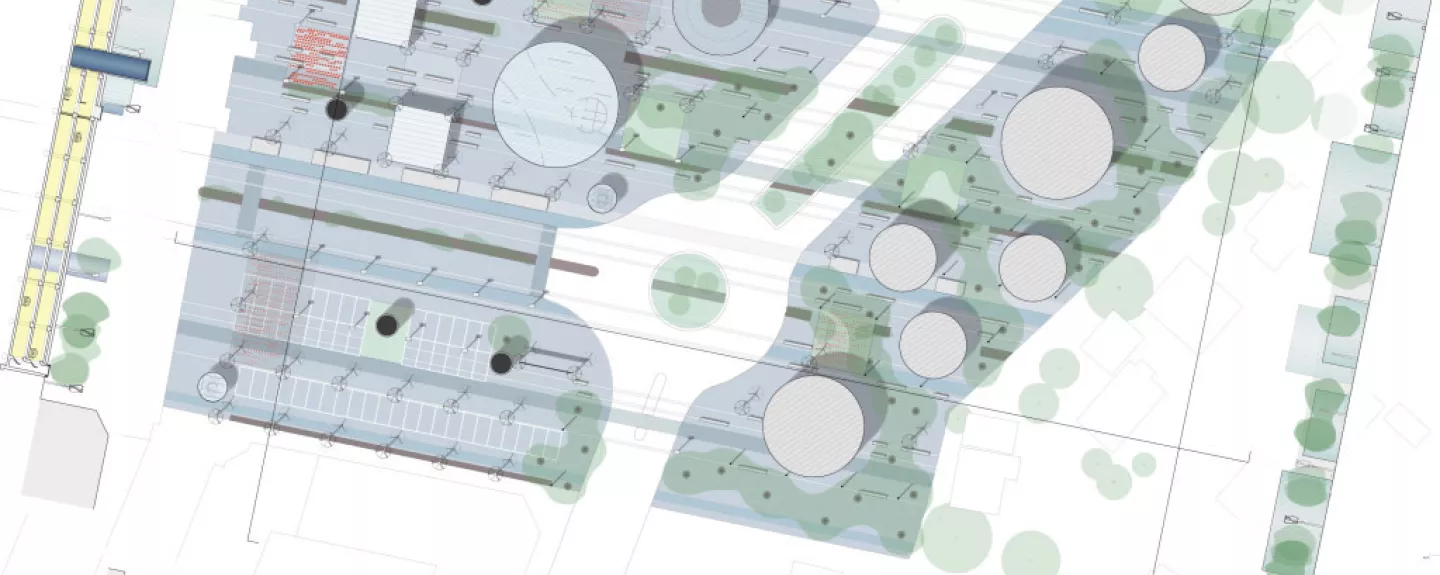
About
-
Today we need to bet on public space. The role public space can have in today’s urban condition needs to be reassessed in its traditional forms and concepts. This new stance is urged by a two-fold reason: first, the crisis affecting our cities’ traditional open spaces; second, the emerging of lifestyles which bring unforeseenable necessities of commerce and mass leisure.
The public space’s new role can emerge if we abandon the established paradigms of urban design. Spatial planning thus needs to provide specific solutions to specific conditions. Once we are freed of universal theories that have been formulated regardless of the specificity of places, the goal is to step down on reality and set up dispositifs of sociality gauged against the practices effectively undertaken in a restricted place. these dispositifs are sensitive tools: they can be influenced by these local practices and, simultaneously, influence them, in an effect of ‘resonance’.
The project for a public space in the civic centre of Lillestrøm then achieves an exemplary status. It is a concrete solution to a local problem and, at the same time, works as a small manifesto for the encouragement of ‘public’ reactions in the whole body of the city and its surroundings.
Our proposal for Lillestrøm’s Stortorvet has to be intended as a laboratory. We envision it as an extension of the already existing research net into the city, the materialization of the image of an innovative-oriented community. Or, better, it is the application to the whole urban space of the practices of environmental monitoring that originate from (and are usually confined in) the campus boundaries.
This operation of translating the practices of a laboratory into a public space has of course a series of consequences on the forms and performance of such space.
The implementation of laboratory into an open sphere means that the laboratory as well becomes 'open,' a new condition referring not only to its degree of accessibility, but also to everyone's possibility to understand, intervene and alter with one's own behavior, the laboratory's structures.
The dynamics, mechanisms and processes of scientific research are not only made available to and designed for the people (think of the intuitive interfaces of the energy devices, or the 'readibility' of the data), but are, first of all, exposed. The square then becomes an occasion to spread the information that is usually available only to the specialist circle.
This is a political move, as the citizen is presented with the immediate consequences of its and its community's actions. Last, the innovative configuration of the square as a lab then opens to new forms of social interaction.
The uniqueness of the highly technological devices, their open, exposed nature and their hybrid combination with natural spots may pioneer a new type of sociability. As in a lab, the public is then involved in an experiment, whose final outcomes are not yet traced.
The environmental deck is conceived as hybrid machine including both high-technology devices producing the energy that is employed in the lightening of the square - and nature, let free to grow. Some spaces in the energy net and in the nature system are let free for further implementations, or for temporary set that could claim for a different layout. -
It seems both old fashioned and conventional in design, it has an idea for the future identity of the city, - allthough it is underdeveloped. the strategy is not solving any real problems for the city, as the idea is on the info-sign-level. Both Step by step, urban context and strategies are lacking. But this project has potentials, as this strong idea of a city-space as an urban testing room for new technologies could be stressed, and Lillestrøm is definitely the right place for such a concept.
-
team leader: Andrea de Matteis (It) associates: Federico Zanfi (It)
Collaborators: Chiara Locardi (It), Gabriele Carlo Callari (It), Filippo Losi (It)CONTACT
Via Felice Frasi 10, 29100 piacenza, Italy
+39 052 338 5000
a.dematteis@awn.it
